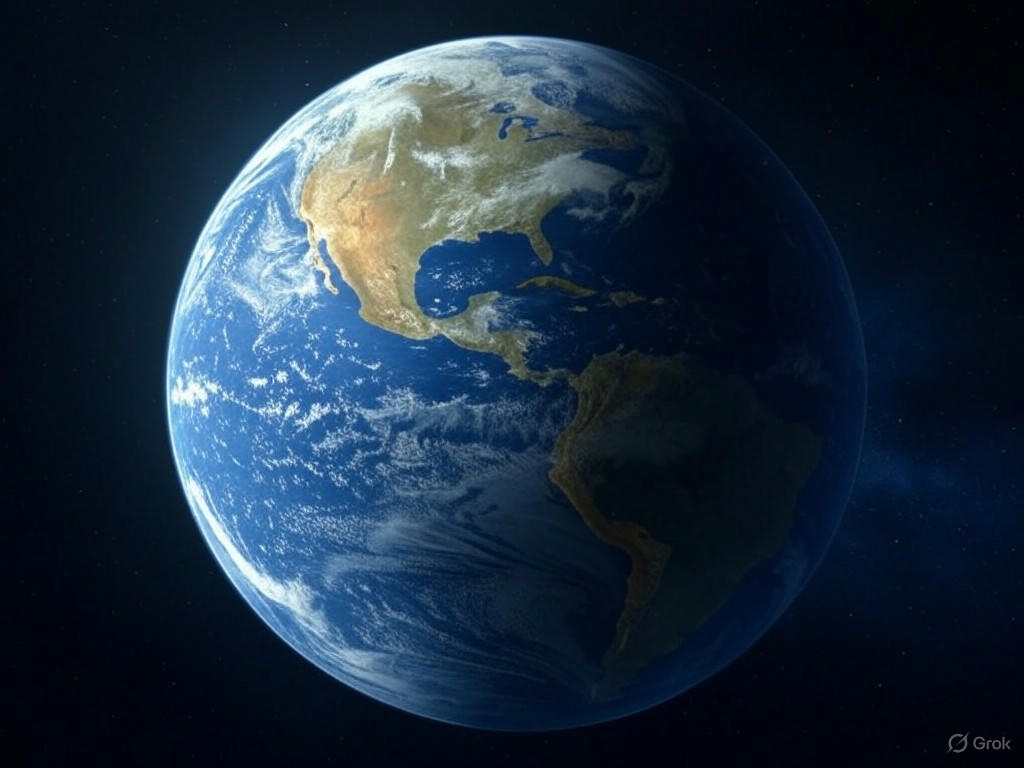A Breath of Ancient Air: Earth’s CO2 Levels Reach Historic Highs
The air we breathe today carries a signature from a distant past, one that humanity has never experienced firsthand. Recent findings from leading climate researchers reveal that the concentration of carbon dioxide (CO2) in Earth’s atmosphere has soared to levels unseen for millions of years. This alarming milestone, documented by experts collaborating with the National Oceanic and Atmospheric Administration (NOAA), underscores the profound impact of human activity on our planet’s delicate climate balance. The data, drawn from meticulous measurements at observatories worldwide, paints a picture of a world rapidly transforming under the weight of greenhouse gas emissions.
For perspective, the last time Earth’s atmosphere held this much CO2, ancient species roamed a warmer, vastly different planet. Scientists estimate that CO2 concentrations have not been this high for at least three million years, possibly stretching back tens of millions of years to eras when sea levels were dramatically higher and polar ice was scarce. Back then, natural processes like volcanic activity and oceanic shifts drove these levels over millennia. Today, however, the surge is unmistakably tied to human actions—burning fossil fuels, deforestation, and industrial processes have accelerated the release of CO2 at an unprecedented pace. This rapid change leaves little time for ecosystems or human societies to adapt to the cascading effects, from rising temperatures to intensifying weather patterns.
What does this mean for the future? Experts warn that crossing this atmospheric threshold could lock in long-term consequences for generations to come. Rising CO2 levels trap heat, driving global warming that melts ice caps, raises sea levels, and disrupts weather systems. Coastal communities face increased flooding risks, while agricultural zones may struggle with shifting climates. Beyond the immediate impacts, the data serves as a stark reminder of the urgency to curb emissions. Innovations in renewable energy, reforestation efforts, and carbon capture technologies offer hope, but their implementation must scale rapidly to counteract the current trajectory. International cooperation, too, remains critical, as climate change respects no borders.
As we stand at this crossroads, the ancient air trapped in ice cores and the modern measurements taken atop remote mountains tell the same story: we are altering Earth’s atmosphere in ways not seen since long before our species emerged. This is not merely a scientific curiosity but a call to action. The choices made today—whether to prioritize sustainable practices or continue on a path of unchecked emissions—will shape the world inherited by future generations. While the past cannot be changed, the future remains unwritten. By acknowledging the gravity of these historic CO2 levels, humanity has the chance to steer toward a more balanced relationship with the planet we call home. Let this be the moment we choose to breathe life into solutions rather than further burden the air we share.


